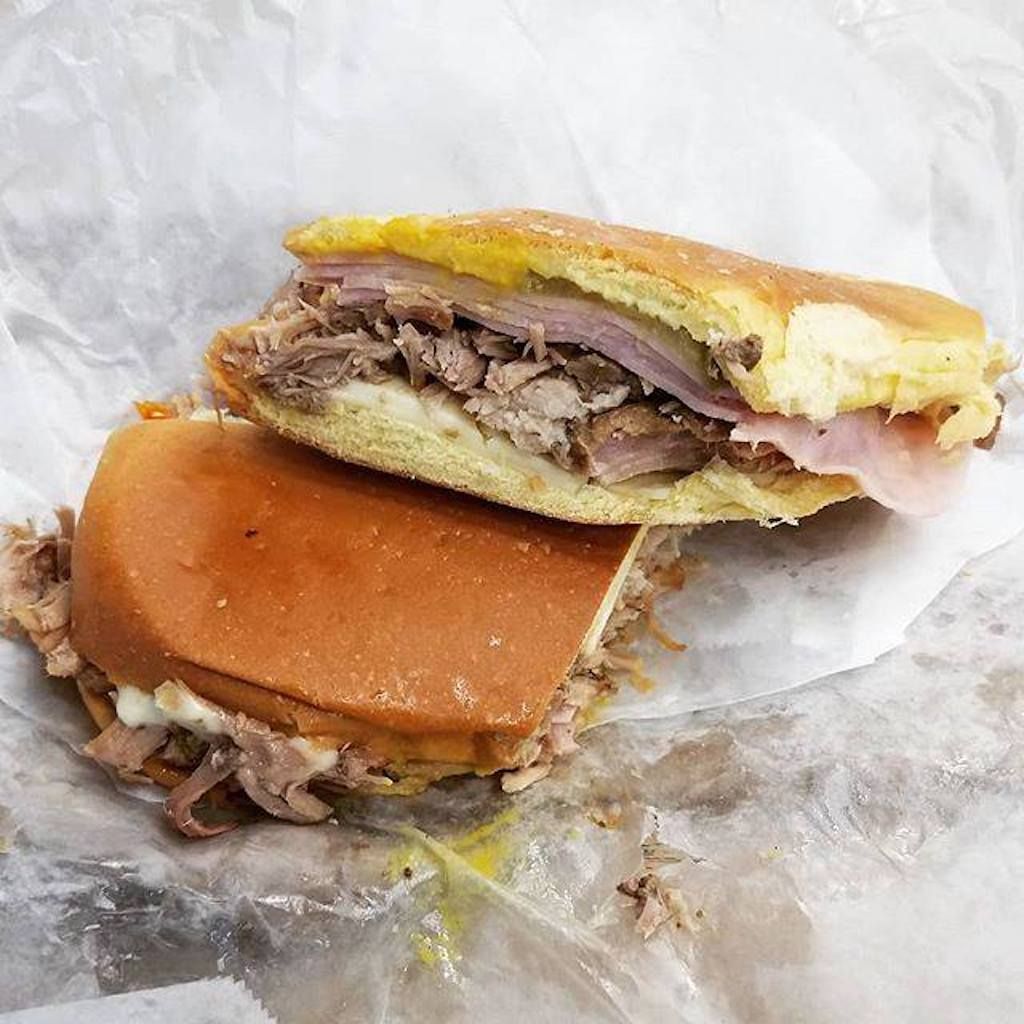It’s an immigration story as old as America itself.
Someone is born in the United States to immigrant parents, and they assimilate, but their life is filled with little slices of where their family is from. Then they move to a city and create their own identity forged with other immigrants around them. As they grow, they move to the biggest city they can find, leaving a little of themselves behind but finding the world discovers their greatness.
In this case, the immigrant is a sandwich.
The Cuban sandwich is on menus around the world. Though you might find small variations, the most ubiquitous style includes ham, mojo-roasted pork, swiss cheese, and mustard on bread. It carries the name Cuban, but aside from the pork on the inside, the sandwich has about as much to do with Cuba as snowmobiling. But somehow, it’s become the island’s most famous export this side of Gloria Estefan.



